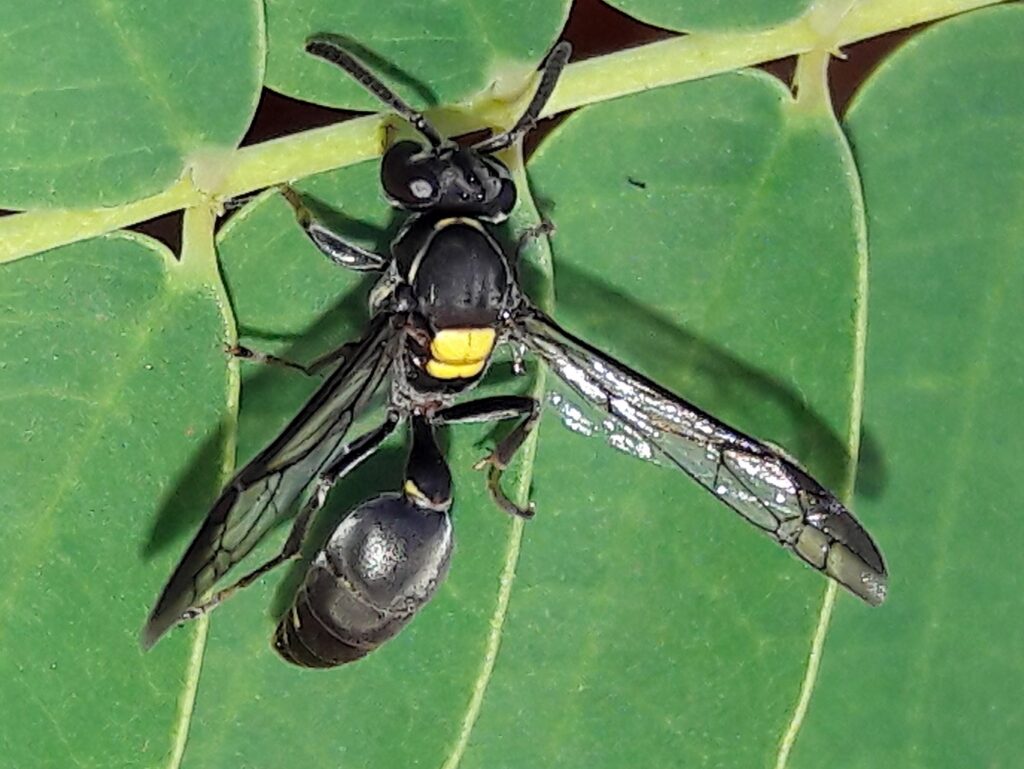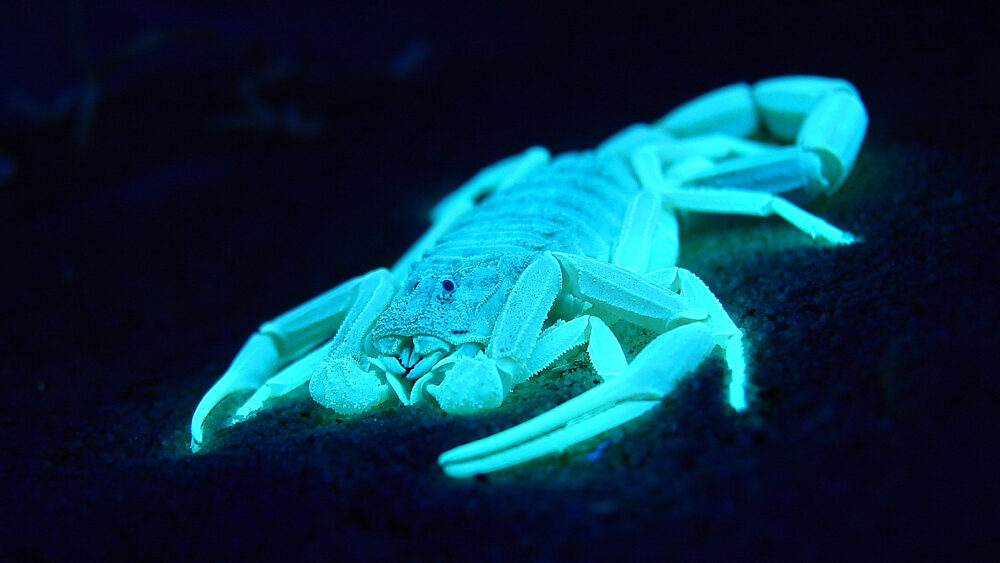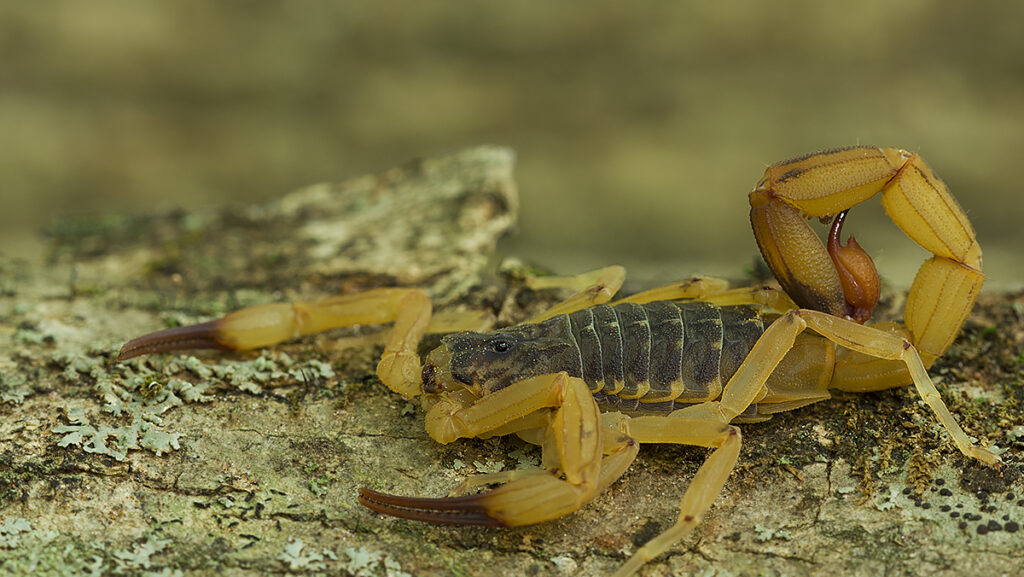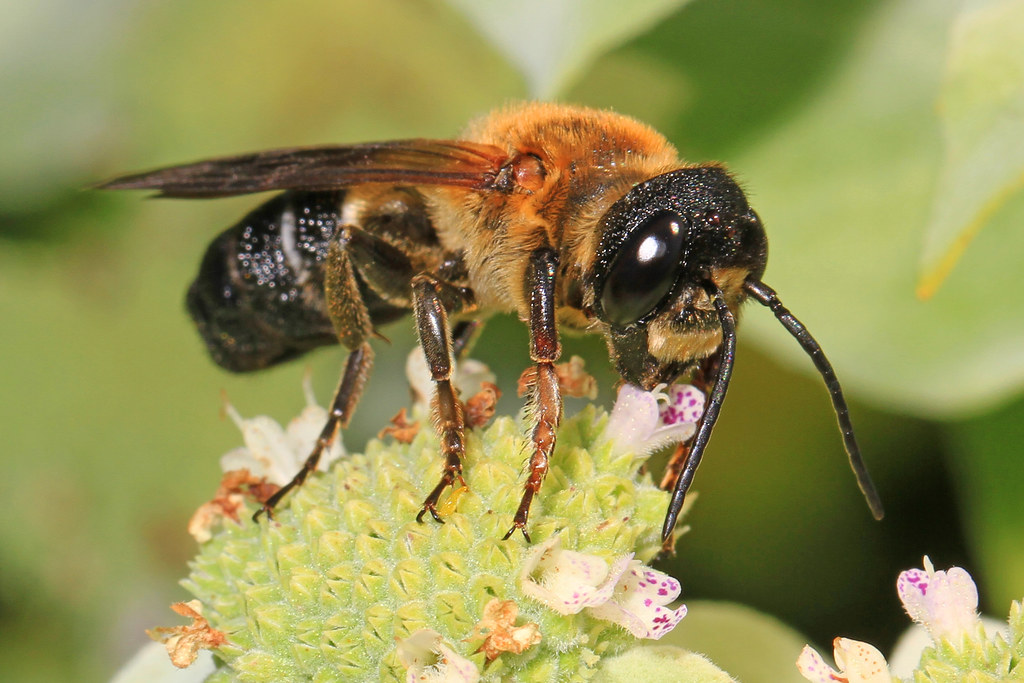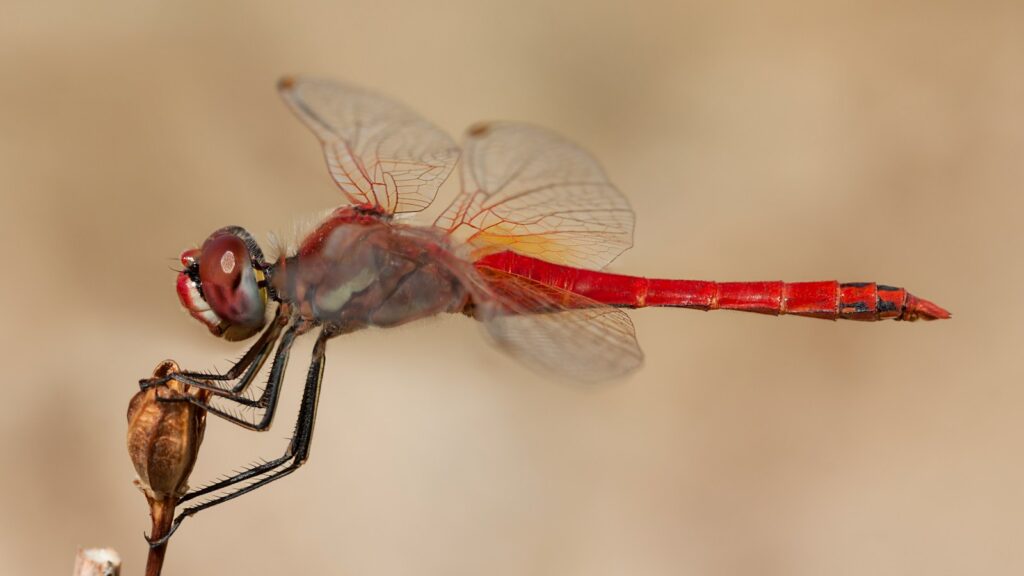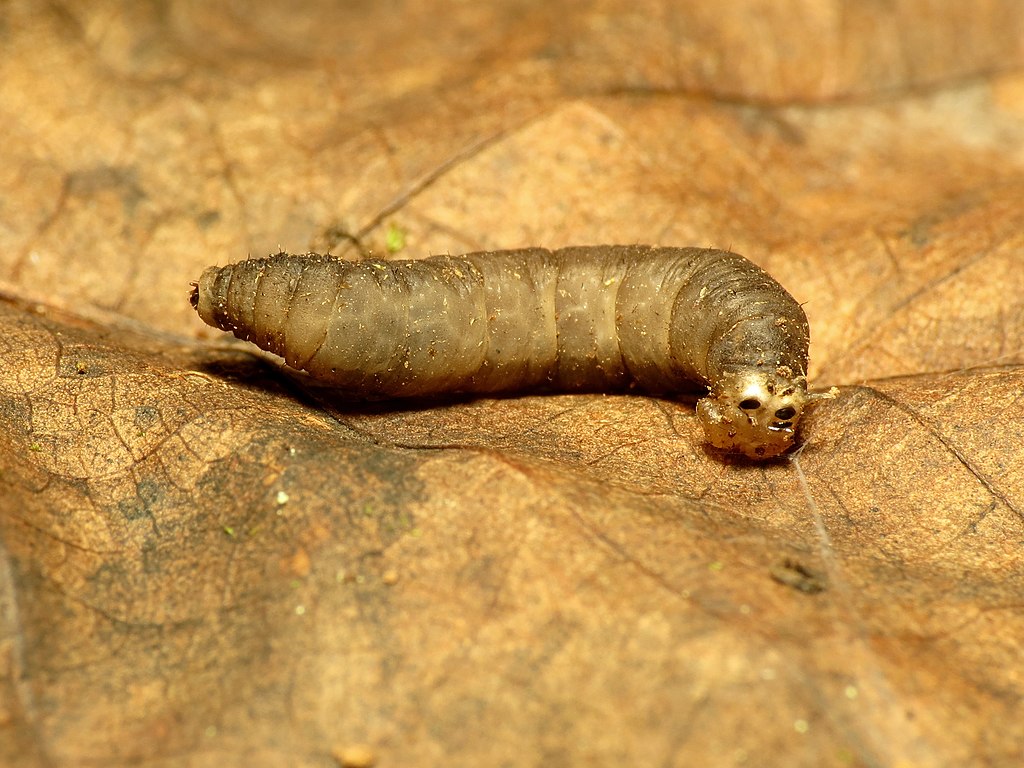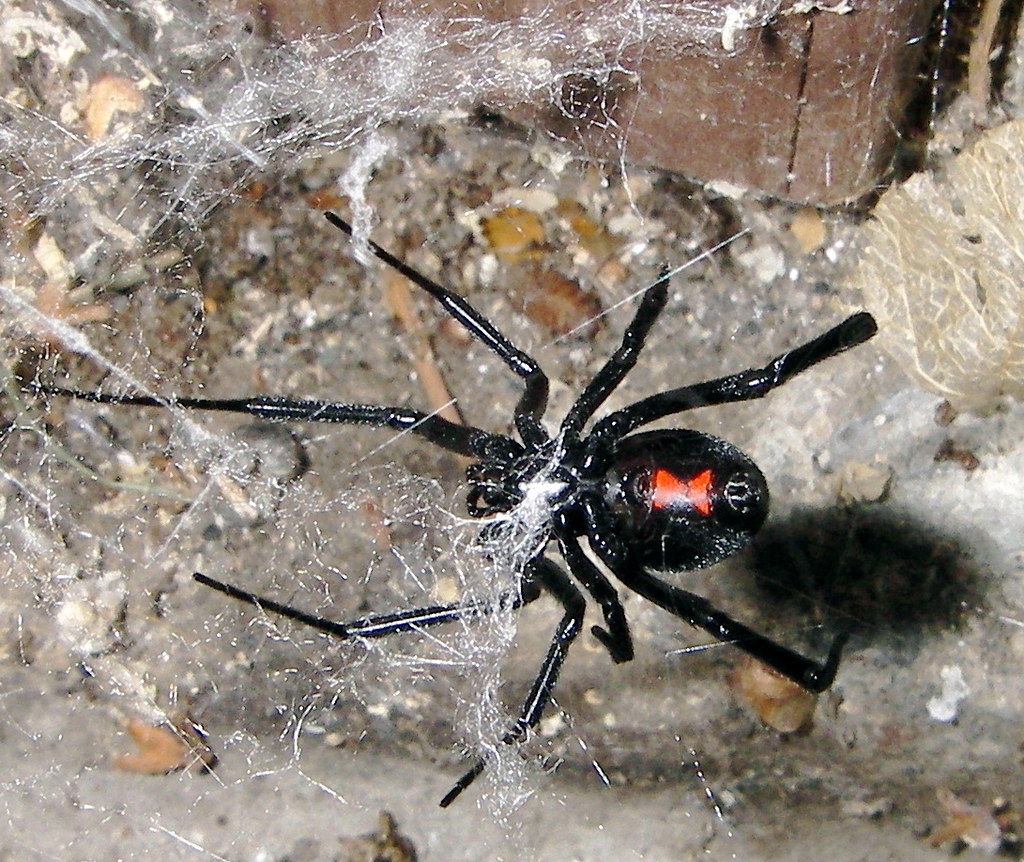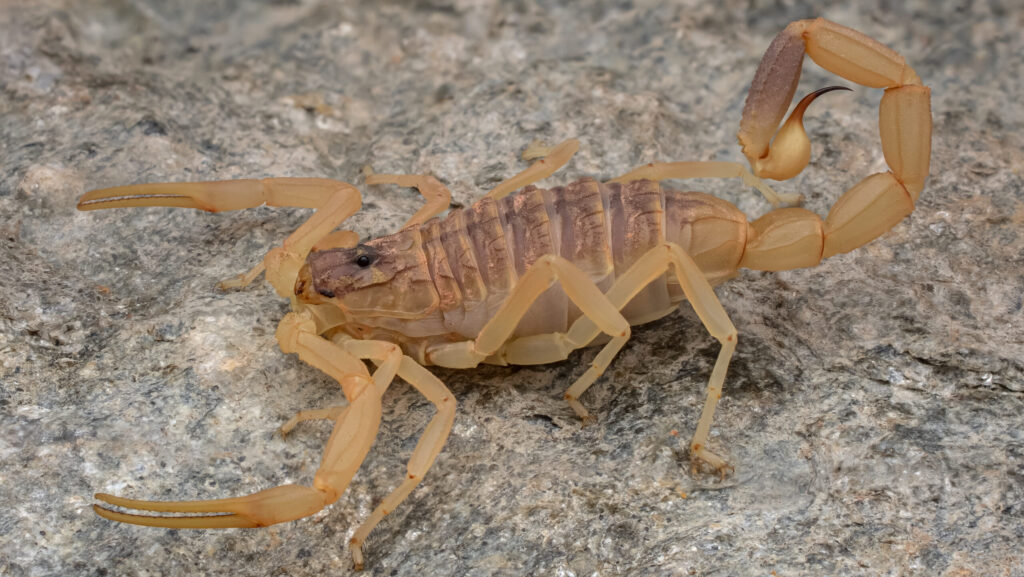The Wasp Toxin That Might One Day Treat Breast Cancer
Nature’s most feared creatures often carry the most unexpected gifts. While most of us instinctively swat away wasps, scientists are discovering that these seemingly aggressive insects might hold the key to treating one of humanity’s most devastating diseases. Deep within the venom of certain wasp species lies a potent toxin that could revolutionize breast cancer ...

